Introduction: Why Web Design Matters More Than Ever in 2025
In today’s digital-first world, your website is your most powerful asset. It’s not just about looking good—your site must function flawlessly, load quickly, provide a seamless user experience, and rank high on Google to attract visitors and convert them into customers.
Whether you are a business owner, entrepreneur, or creative professional, mastering web design is essential for standing out from competitors and growing your online presence.
This comprehensive guide will help you understand everything—from the basics of web design to advanced SEO techniques—to build a website that performs, engages, and ranks well in 2025.
What This Guide Covers:
- Finding Design Inspiration That Converts
- Understanding Your Audience & Creating Personas
- Choosing the Right Web Design Tools for Your Needs
- Essential Visual & Functional Elements of Web Design
- Adaptive vs Responsive Web Design: What Works Best Now?
- SEO Strategies: Keywords, Schema Markup & Site Speed
- Future-Proof Your Website: Emerging Trends for 2025+
- Step-by-Step Website Launch Checklist
- Bonus: Creating a Content Calendar & Keyword Strategy for Long-Term Growth
1. What is Web Design? The Foundation of Your Online Success
Web design is more than colors and fonts—it’s the art and science of planning, conceptualizing, and arranging content online. It focuses on creating websites that are:
- Visually appealing
- Easy to navigate (User Experience – UX)
- Responsive across devices
- Optimized for search engines (SEO)
- Fast loading and technically sound
Core Components of Web Design:
- User Interface (UI): The look and feel of your site.
- User Experience (UX): How intuitive and enjoyable your site is to use.
- Performance: Loading speed, mobile responsiveness, and SEO factors like metadata and schema.
Pro Tip: Google rewards websites with excellent UX and fast performance by ranking them higher.
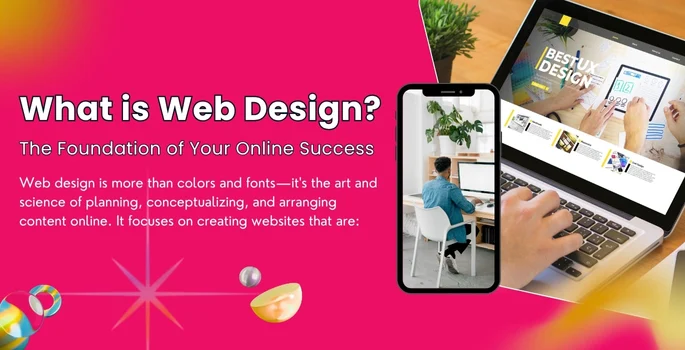
2. Finding Web Design Inspiration That Works in 2025
Before you build, get inspired by design trends that speak to your audience and align with your brand.
Best Places for Inspiration:
- Behance & Dribbble: Explore portfolios of top designers.
- Awwwards & CSS Design Awards: See award-winning, innovative sites.
- Pinterest: Find color palettes, typography, and layout ideas.
Trending Web Design Styles in 2025:
- Minimalism combined with bold typography
- Dark mode interfaces for eye comfort
- Immersive multimedia experiences (videos, animations)
- Clean layouts with ample whitespace
Remember: Inspiration should always support your brand identity and audience needs.
Start Your Project Today!
3. Understanding Your Audience: Personas & User Journey Mapping
A great design solves problems and guides users effectively.
How to Know Your Audience:
- Create audience personas with demographics, goals, pain points.
- Map their user journey: from landing on your homepage to final conversion.
- Develop a unique value proposition (UVP) that resonates with them.
Example: For millennials, use sleek, fast designs with interactive features. For older audiences, prioritize clarity and accessibility.
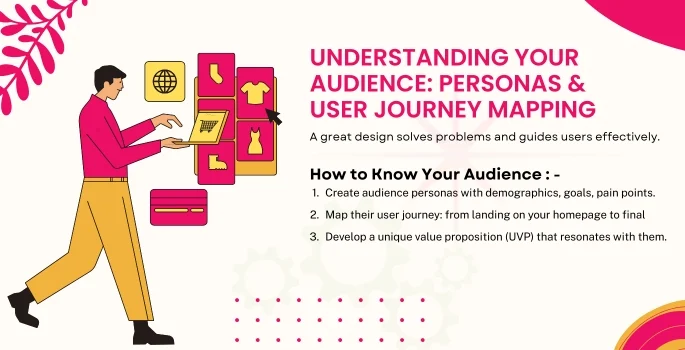
4. Choosing the Right Web Design Tool in 2025
Pick tools based on your skills, budget, and site needs.
| Tool Type | Best For | Pros | Cons |
|---|---|---|---|
| Desktop Apps | Complex custom sites (Photoshop, Figma) | Full design freedom | Needs developers, expensive |
| Website Builders | Small to medium sites (Wix, Squarespace) | Easy drag-and-drop, no coding | Less flexible for complex sites |
Top Recommendation:
If you want speed and SEO-friendly design without coding, use Pagecloud or Wix for adaptive website building.
5. Visual Elements: Creating Attractive & Usable Websites
1) Written Copy
Clear, concise, and compelling text is critical. Break it into readable chunks with headings and bullet points.
2) Fonts
Use a maximum 2 complementary fonts that align with your brand tone. Use tools like Canva Font Combinator.
3) Colors
Stick to a consistent color palette. Use high contrast colors for readability and accessibility.
4) Layout & Spacing
Maintain consistent spacing and balanced layout using grids or templates to avoid clutter.
5) Images & Icons
Use optimized high-quality images from free sources like Unsplash and Pexels.
6) Videos
Use videos thoughtfully to explain complex ideas, but avoid autoplay for better UX and load times.
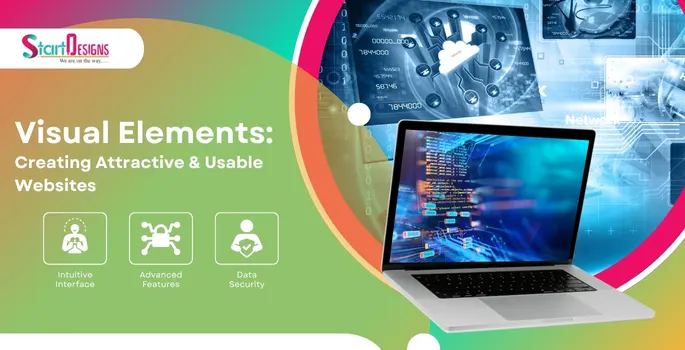
6. Functional Elements: User Experience & SEO Performance
Design intuitive menus with clear paths and include breadcrumbs and search bars.
2) User Interaction
Make buttons and forms mobile-friendly. Avoid intrusive pop-ups and autoplay media.
3) Animations
Use subtle animations to enhance engagement, but avoid overuse that slows your site.
4) Speed Optimization
Compress images, enable browser caching, and choose fast hosting for faster loading.
5) Site Structure & Schema Markup
Create a logical URL hierarchy and implement schema.org markup for articles, FAQs, and products to improve SEO and rich snippets.
7. Adaptive vs Responsive Web Design: Which to Choose?
Adaptive Design
Uses multiple fixed layouts optimized for specific devices. Fast loading but can break on unusual screen sizes.
Responsive Design
Uses flexible grids that adjust fluidly to all screen sizes. Preferred for most modern sites, but requires more testing.
Our Recommendation: Responsive design is best for a seamless experience, but adaptive builders like Wix and Pagecloud offer easy drag-and-drop adaptive features.
8. SEO & Content Strategy for Long-Term Growth
- Use long-tail keywords such as “best website design for small business 2025” and “affordable adaptive web design tools.”
- Incorporate LSI keywords like UI design trends, mobile optimization, and website loading speed.
- Build an SEO content calendar with blog topics: website maintenance, UX best practices, etc.
- Update your blog regularly to keep content fresh and relevant.
- Use internal linking to connect related content.
- Encourage backlinks via guest posts and partnerships.
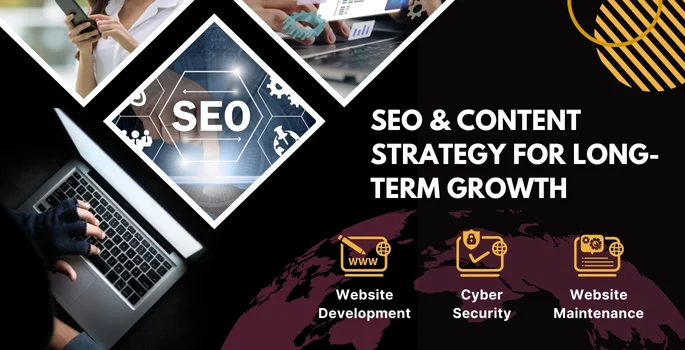
9. Emerging Web Design Trends for 2025+
- AI-Powered Personalization: Dynamic content tailored to user behavior.
- Voice Search Optimization: Optimize content for natural voice queries.
- Sustainable Web Design: Use green hosting and energy-efficient coding.
- Immersive Experiences: AR and interactive 3D elements.
- Accessibility Improvements: Meet WCAG 2.1+ for differently-abled users.
10. Step-by-Step Checklist: How to Launch Your Website
- Define your website’s purpose and target audience.
- Research competitors and gather design inspiration.
- Create audience personas and map the user journey.
- Choose your web design tool (builder or desktop app).
- Plan your site structure and navigation menu.
- Design visual elements: colors, fonts, images, and videos.
- Build and test your website on multiple devices and browsers.
- Optimize for SEO: keywords, metadata, schema markup, and site speed.
- Set up analytics tools (Google Analytics, Search Console).
- Launch your site and promote it via social media, email, and backlinks.
- Regularly update content and monitor SEO performance.
11. Bonus: Effective Call-to-Actions (CTAs) to Boost Conversions
- “Download our FREE Web Design Checklist”
- “Get a Custom Website Quote Today”
- “Try Our Drag-and-Drop Builder for Free”
- “Subscribe to Our Newsletter for Latest Design Tips”
Conclusion: Your Next Steps to a High-Performing Website
Building a great website means combining beauty, usability, and search visibility. Always put users first, choose the right tools, optimize for SEO, and keep up with design trends.
About the author
Popular Posts

The Ultimate 2025 Guide to Hiring Magento & Drupal Developers
July 25, 2025- 5 Min Read
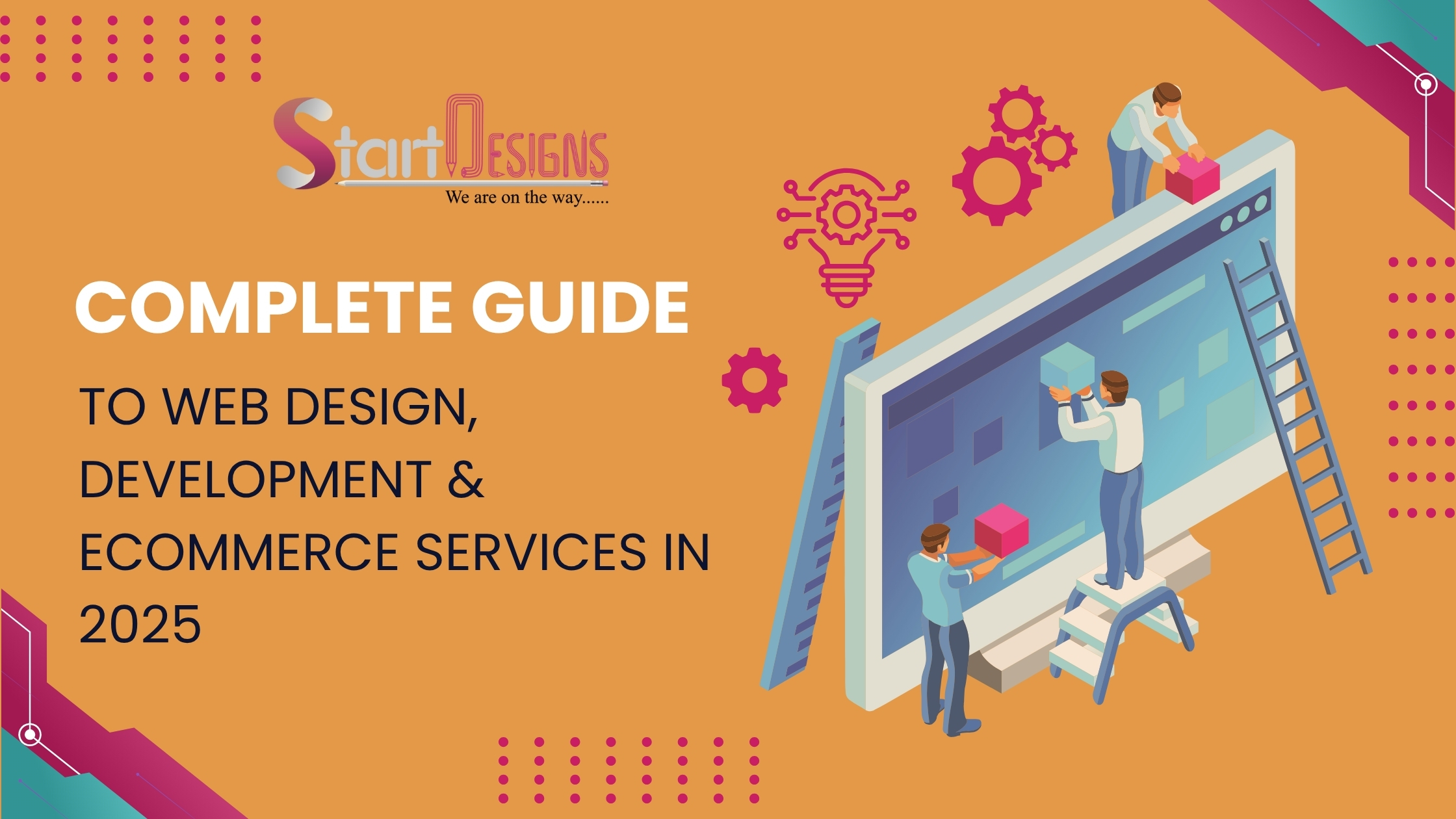
Complete Guide to Web Design, Development & Ecommerce Services in 2025
July 16, 2025- 5 Min Read

2025’s Top Web Design Trends: A Must-Know Guide for Businesses
July 7, 2025- 10 Min Read





